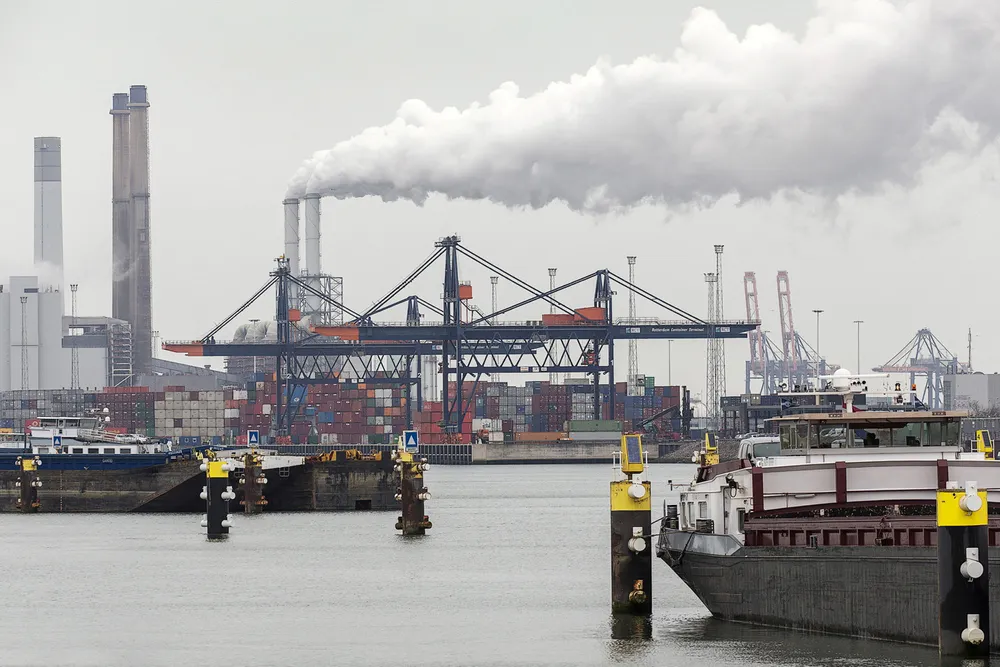Dutch government grants $2.4bn in subsidies for giant North Sea CCS project
Project could see up to 2.5 million tonnes per annum of CO2 stored below the Dutch sector of the North Sea

Project could see up to 2.5 million tonnes per annum of CO2 stored below the Dutch sector of the North Sea
